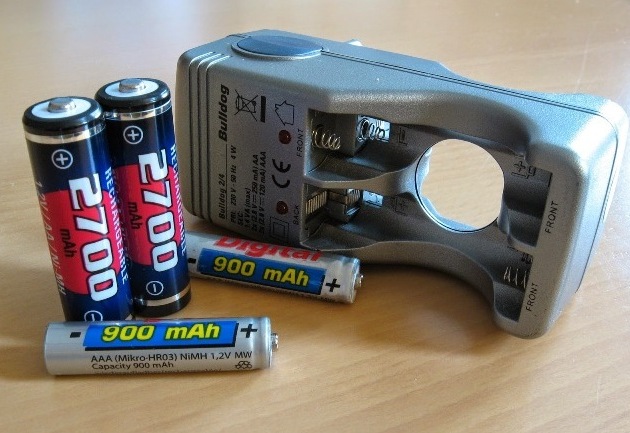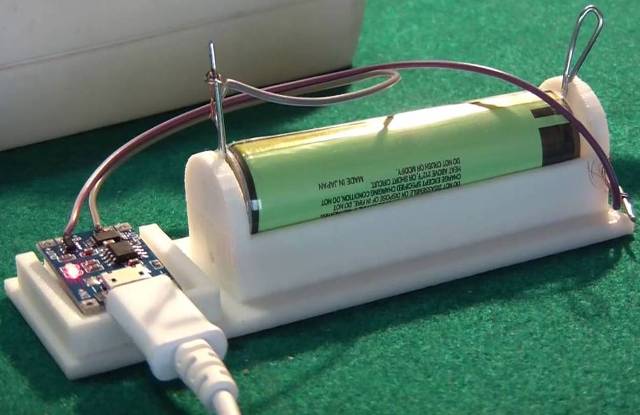Categories: Featured Articles » Interesting Facts
Number of views: 2812
Comments on the article: 1
Battery memory effect
A memory effect is the phenomenon of a decrease in the initial battery capacity due to a consumer violating the operating mode recommended by the manufacturer. This effect got its name due to its practical manifestation: the battery seems to remember the fact that the last time it was not completely discharged, that its full capacity was not in demand, and the next time it gives off less energy than when it was new than theoretically would allow him rated capacity.
This effect is subject to some popular types of batteries: lithium-ion, nickel-cadmium and nickel-metal hydride. The good news is that, at an early stage, the memory effect is reversible, while in lithium-ion it does not appear at all. So if you are faced with the memory effect of the battery, then do not rush to get upset.

Let’s find out for ourselves exactly what human actions contribute to the development of a memory effect in a battery and how to prevent this unpleasant phenomenon.
If you decide to recharge a battery that is still almost fully charged or discharged by no more than half the capacity, then this is what leads to the formation and expansion of the memory effect.
The correct actions are as follows: the battery should always be discharged almost completely, and only then put on charge, then the memory effect will not develop, and will not manifest itself in a pronounced form.
Of course, one should not allow a deep discharge of cells. Ideally, it is better to discharge to the minimum voltage recommended by the manufacturer in the documentation, and only then charge it. For example, for lithium-ion batteries, the lower boundary of the discharge lies in the region of 2.5 volts.

The physical reason for the occurrence of the memory effect is that if the battery is not systematically discharged completely, then the crystals of the active substance inside it become larger. Therefore, the total area of the active working surface of the element is reduced.
Obviously, in the new battery, the surface area of the active substance is much larger, because the crystalline structures are initially smaller in size. This means that the battery in this state can store and give more chemical energy.
And when the volume of the crystals increases, the total active surface decreases, therefore, the maximum available current becomes smaller and smaller, the internal resistance increases, in general, the battery capacity decreases.
In the worst case, large crystals will clog the space between the cathode and anode so that in the end, the intensity of self-discharge will deprive the battery of operability. In addition, sharp crystals can damage the separator and make the element completely unusable.
In order to suppress the development of the memory effect at the root, it is always necessary to observe the correct operating mode of the battery. It is necessary to completely discharge the battery, and only then start charging.

During the charging process, it is not necessary to exceed the recommended charge current, and during the discharge process, the recommended discharge current. A new battery must always be trained before you start using it for its intended purpose: fully discharge, and then fully charge, and so on two to three times.
This training will maximize battery capacity. It is better to use chargers equipped with a function of preliminary re-discharge of the battery. Such a device, when the battery is installed in it, first loads it for discharge to a minimum, and only when the discharge current has fallen sharply does it begin to charge.
See also at bgv.electricianexp.com
:
